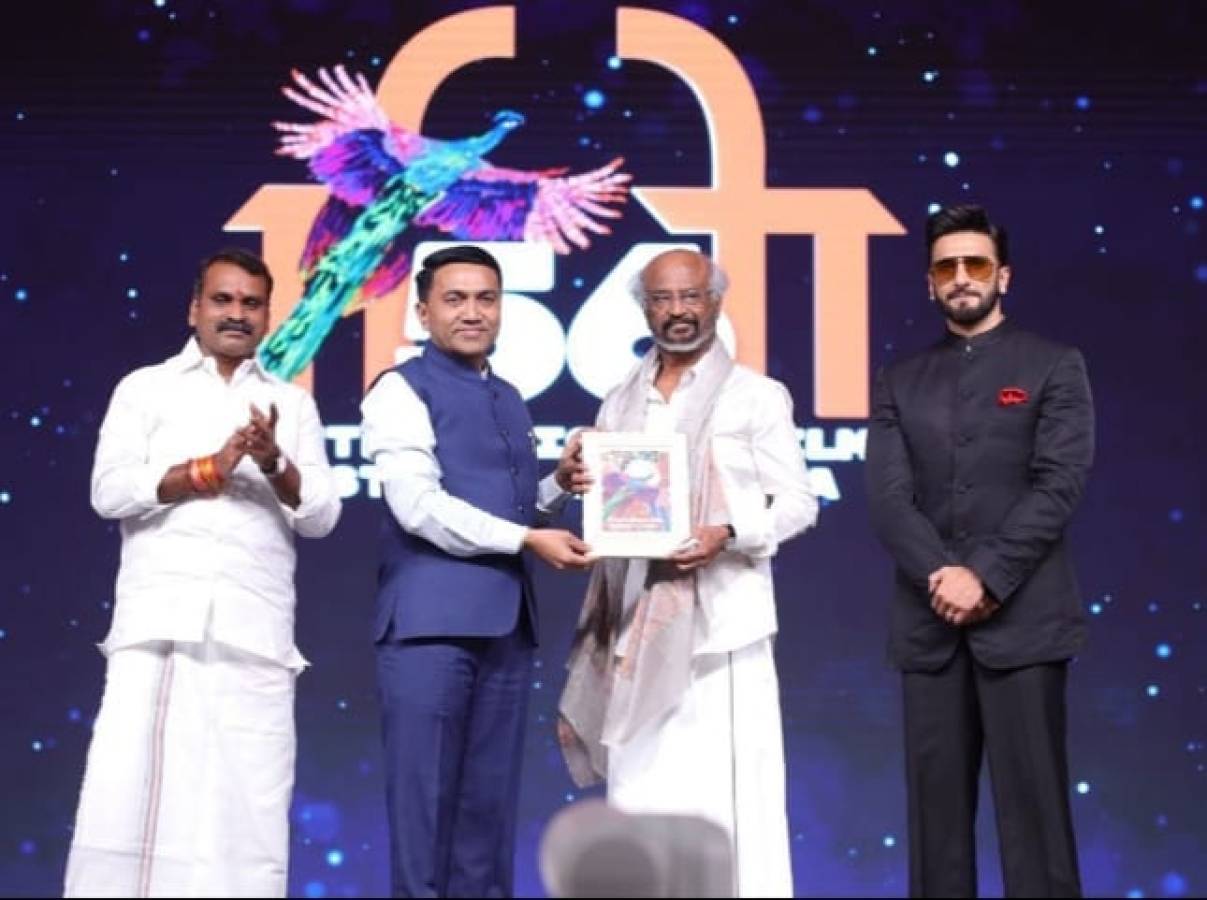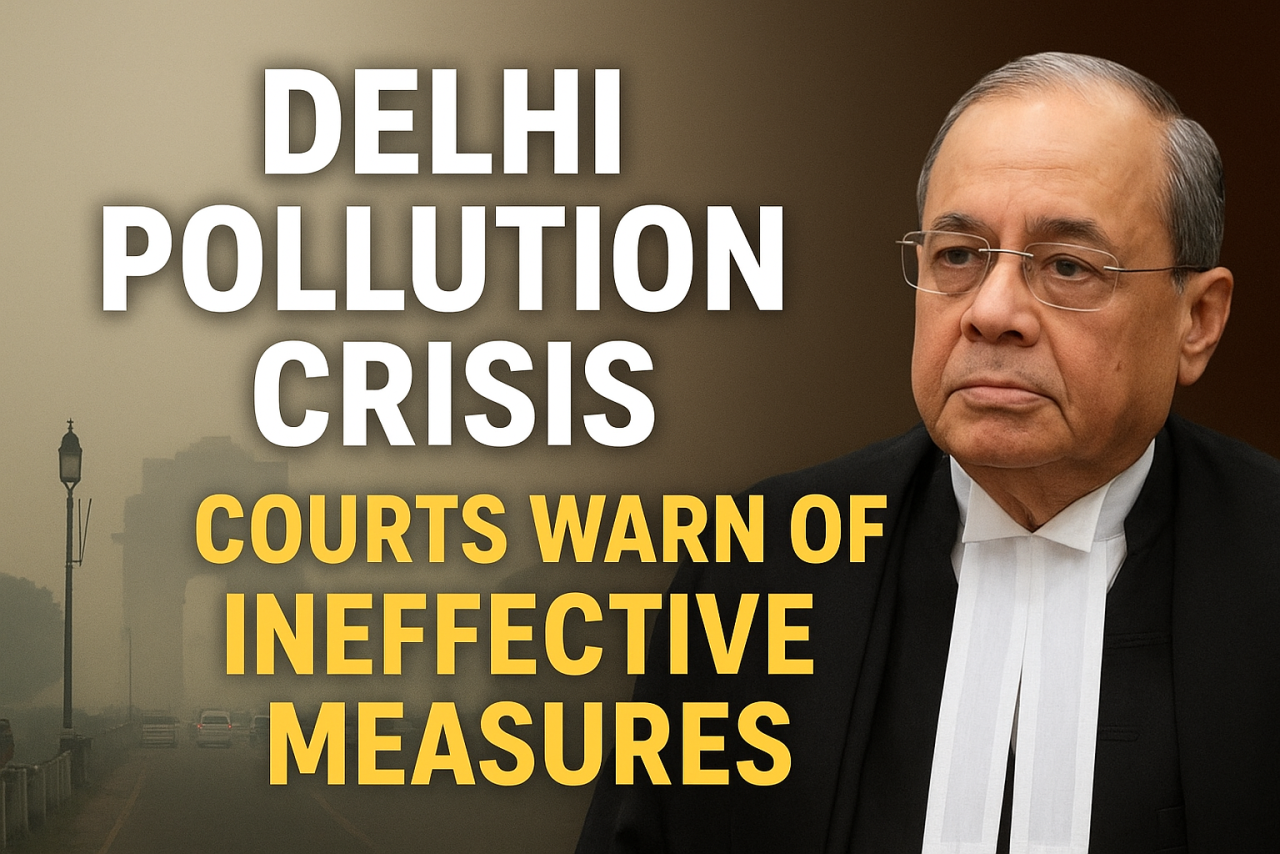
On April 22, 2025, the quiet town of Pahalgam—nestled in Kashmir’s valley of peace—was shaken by an act of cold-blooded barbarity. A group of Pakistan-sponsored terrorists opened fire on a convoy of Indian tourists, killing 26 innocent people. Most were families—parents, children, honeymooners. They weren’t soldiers. They weren’t combatants. They were citizens who came to admire the mountains and went home wrapped in the tricolour.
But the bullets weren’t the only message. As survivors lay crying and wounded, one of the terrorists turned to the aggrieved and snarled: “Ab batao Modi ko…” — “Now go tell Modi.” It wasn’t just terrorism. It was a taunt. A provocation. A challenge.
And India did not flinch.
Fifteen days later, on the early morning of May 7, the Indian government launched Operation Sindoor—a meticulously planned, precision-guided military offensive across the Line of Control (LoC) and deep into Pakistan’s territory. In a span of just 25 minutes, nine terror launchpads and camps in Pakistan-occupied territory were obliterated. These weren’t random targets—they were long-monitored hubs for groups like Lashkar-e-Taiba and Jaish-e-Mohammed. Camps that trained killers like the ones who attacked Pahalgam.
And this time, there was no warning.
The symbolism of “Sindoor”—the vermilion worn by married Hindu women—is profound. It represents life, love, and continuity. The attack on Pahalgam struck at the very soul of India’s civilian life, and the response was named to honour the blood that was spilt and the bonds that were broken. The message was unmistakable: India’s silence is never surrender.
What stunned many was not just the precision, but the political unity that backed it. For the first time in years, every major opposition leader stood shoulder-to-shoulder with the government. Rahul Gandhi tweeted, “Today, we are all Indians first. Terror has no religion, and justice must have no delay.” Leaders from the Left, regional parties, even critics of Prime Minister Modi’s foreign policy extended support. This wasn’t about elections. This was about nationhood.
While Pakistan’s foreign office predictably denied the damage, intelligence reports and satellite imagery told a different story—over 70 militants were killed, infrastructure destroyed, communications jammed. Their military’s hurried evacuation of the region and blackout in border towns revealed just how severe the strike was. Once again, India had acted, not reacted.
Prime Minister Modi’s only words that evening were sharp and sparse: “We do not shout. We strike. We do not threaten. We act. India’s tears will not go unanswered.” There was no rhetoric. No theatrics. Just intent—and impact.
What distinguishes Operation Sindoor is that it wasn’t just revenge—it was redefinition. For decades, India has played a careful game of diplomatic restraint in response to cross-border terrorism. That doctrine has changed. Today’s India believes in measured retaliation and resolute messaging. If they provoke in the dark, we respond in daylight.
It was also a masterclass in coordination—RAW, the IAF, Army Commandos, satellite monitoring, and cyber intelligence worked in tight choreography. Civilian casualties were avoided. No escalation followed. The world noticed, and unlike the past, there was no global lecture on “restraint”—only quiet understanding that India has the right to defend its citizens.
There are moments in a nation’s history when grief turns into grit. When tragedy forges unity. April 22 was one such moment. May 7 became the reply.
The people of India did not ask for blood. But they demanded dignity. And their government delivered it—not in rage, but in resolve. Not through slogans, but through strikes. Pahalgam bled, but India did not bend.
Let it be known: when terrorists yell across a massacre, “Now go and tell Modi,” they may soon hear the reply—not in words, but in fire, steel, and silence.
Because Modi heard.
And India replied.
Loud. Clear. Final.





















